Popular on Food52
Continue After Advertisement
10 Comments
walkie74
February 26, 2013
What is the difference between chocolate couverture and tempering regular chocolate? I have a recipe that calls for couverture, but can I sub the regular (cheaper) stuff instead?
SarahKS
February 12, 2013
Alton brown recommends holding the chocolate over a heating pad to help keep the heat level consistent.
Tdiddy
February 12, 2013
Can you start with chocolate that has fallen out of temper? I'm hoping to find a use for some chocolate that melted a bit then solidified again, but is no longer in temper as a result.
EatsMeetsWest
February 10, 2013
Mm, those chocolate-dipped pretzels look good enough to "cross my heart and hope to die", LOL! Thanks for the step-by-step process as well as troubleshooting for tempering chocolate Brette :) .
I can't wait to temper my own chocolate like a pro, but one question - do I have to use a chocolate thermometer, and is it any different from a candy thermometer? I want to save a bit of change since I don't get to temper chocolate as much as I'd like to, sadly :P
I can't wait to temper my own chocolate like a pro, but one question - do I have to use a chocolate thermometer, and is it any different from a candy thermometer? I want to save a bit of change since I don't get to temper chocolate as much as I'd like to, sadly :P
JORJ
February 10, 2013
will a regular candy thermometer work? what is special about a chocolate thermometer?
Anna B.
February 5, 2013
I tried tempering chocolate chips and it didn't work. Then someone told me that chocolate chips can't be tempered, is this true?
Brette W.
February 5, 2013
Chocolate chips contain additives that allow them to hold their shape under high heat -- so they won't work when you're tempering chocolate!
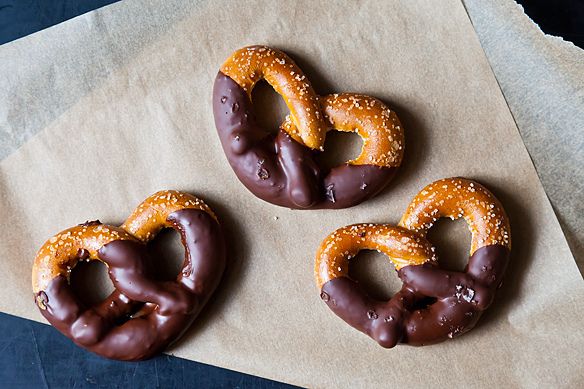
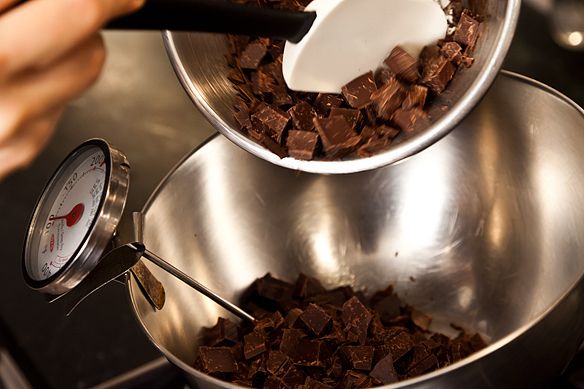
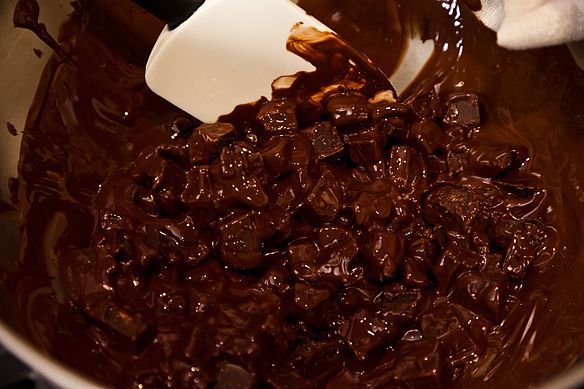
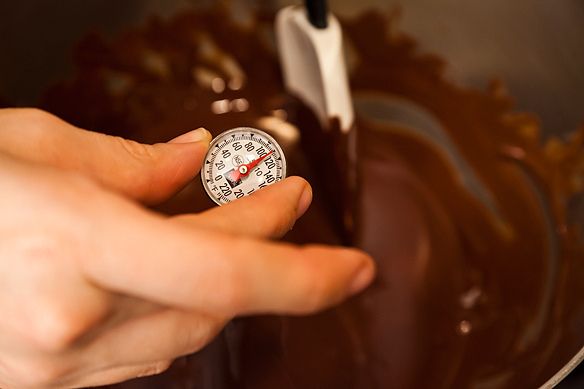
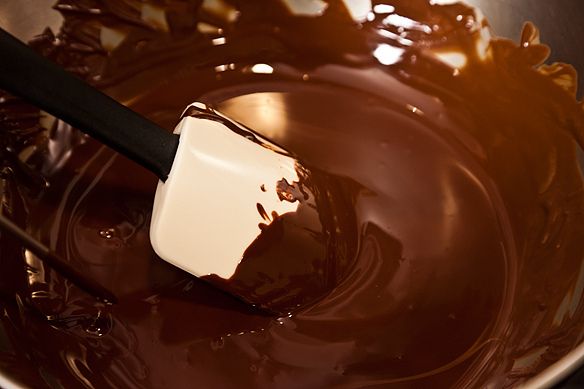
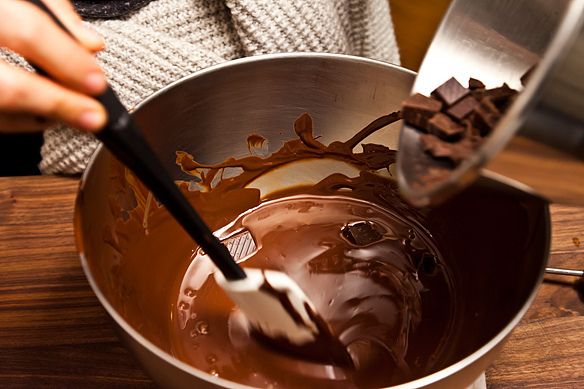
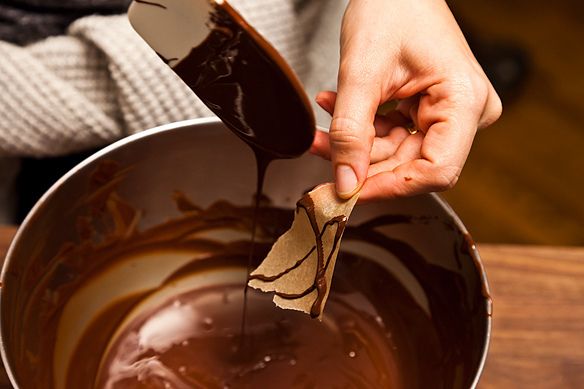
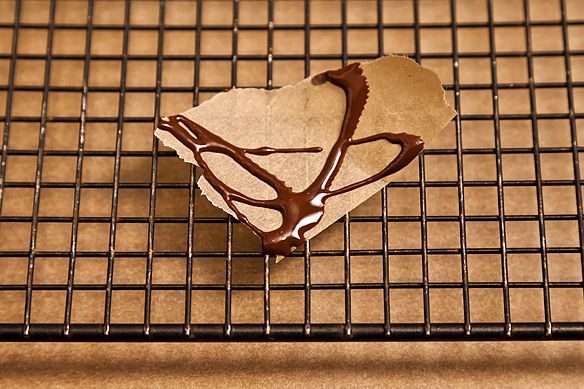
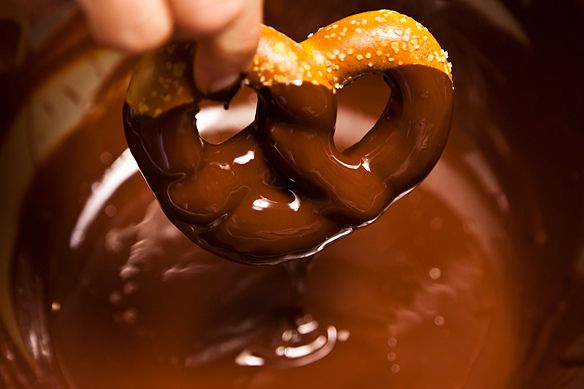

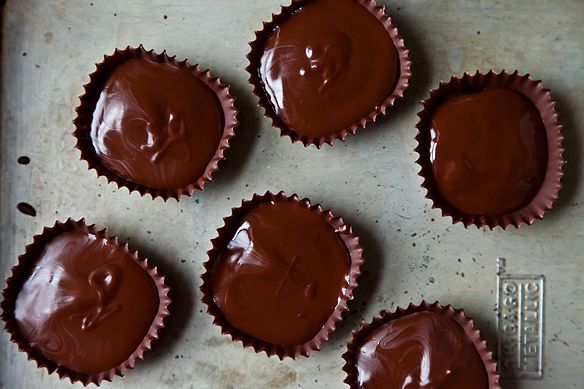

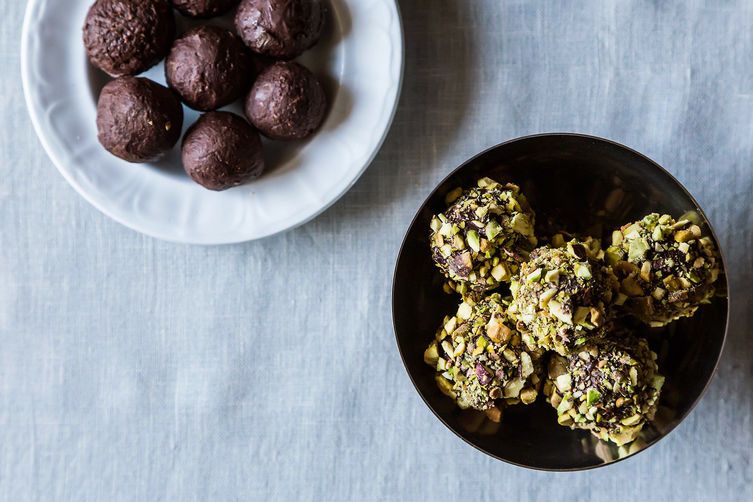

See what other Food52 readers are saying.